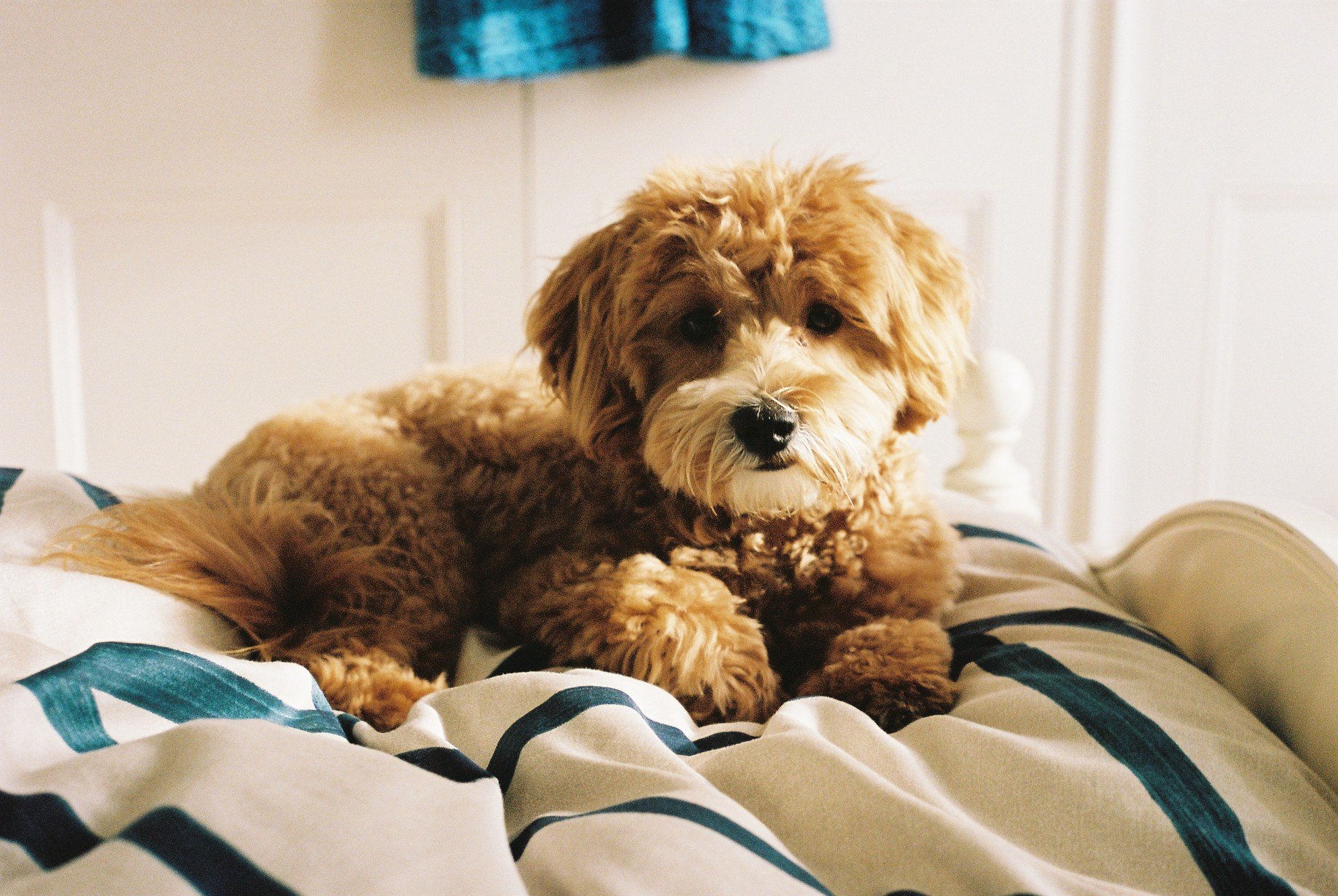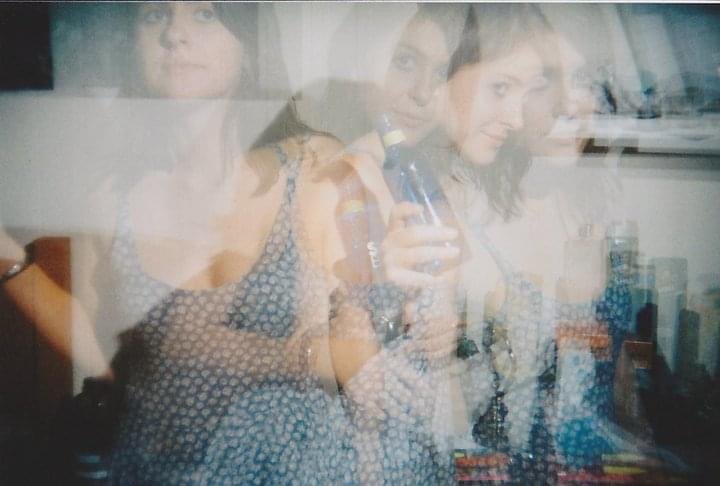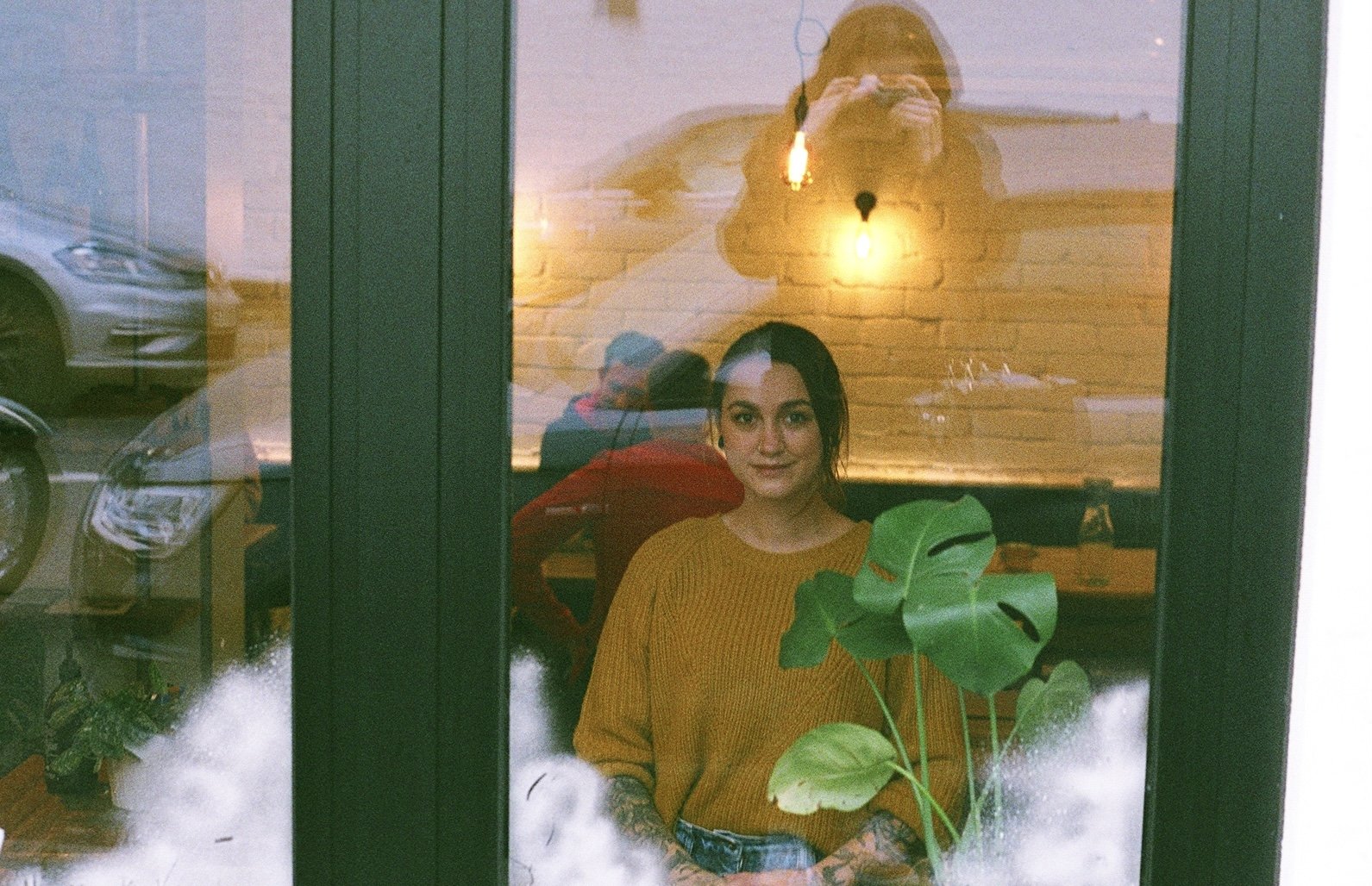23/02/2022
For twelve years I have held a camera to my face and documented life’s colours. The equipment has changed over that time, the subjects have come and gone, the landscapes have transitioned back and forth from Australian to British and back and forth again and again. Different faces with different backgrounds, different pets and phases of life, all amalgamated in one vision, captured with the cameras I treasure. My passion for this medium has remained as my life has transformed in ways I never imagined, and the piles and piles of photos have built up in the same way as before. When life is dark the sound of the click lightens it a bit, even when I have a tremor. When life is more stable the sound of advancing the film imbues excitement. Everything in between encourages different feelings again while I look through the viewfinder. Every moment is special.
Before I plunge you head-first into the middle of the camera adventure I have lived over the last twelve years, I’ll begin by describing my photography generally, and how it helps my mental health. When I have my camera the world is suddenly full of potential. I appreciate its beauty in a new way, I experience it in moments of stillness, outside of the humdrum of normal life. There is a relationship between me and the camera, that together we are going to take the surrounding beauty (of people or places) and create something new from it. It gives me a sense of purpose as I stride outside feeling creative.
Creativity is hugely therapeutic for me. Whether it be writing, taking photos, or other kinds of art, all creative things make a difference to my mental and emotional health. When I was in the hospital I spent most of my time creating things, drawing pictures, writing in my journal, even cutting photos out of magazines and putting them together. I used to draw pictures with phrases in them and give them to people as cards. This never changed; I am creative when I’m doing better as well. I am expressing myself when speaking plainly gets difficult, it flexes my creative muscle and love of art; it simply makes me happy. It passes time in the pursuit of making something beautiful, it adds something bright (figuratively) to my world and is a way of communicating my feelings that is an antithesis to the darkness of depression and anxiety. Photography is one of my key mediums to this end.
I also appreciate the flexibility of my photography hobby; photos can be taken solo or socially. When taking pictures by myself I don’t have to talk but focus on the world around me. Photography is remarkably ‘mindful’; when I set up a shot I am completely present in the moment. I’m not slipping into traumatic thoughts, I’m not worrying or catastrophising about the past or future, I’m squarely in the present, engaging with the world on both a physical and mental level. When I’m with people I am similarly engaged: I’m busy setting up their poses, organising the composition of the shot and then doing my best photographer voice, ‘And smiling! Look over there! You look so dapper. We’re very happy to be here and CLICK perfect, that was beautiful.’ Sometimes I say ridiculous things on purpose to get a laugh-smile out of someone, or whatever is most encouraging for those who are perhaps not as comfortable with a lens. It brings us closer together. It’s a moment of human connection that isn’t heavy; it’s about creating a memory together, not just with the result, but with the exercise itself.
Another virtue of this is that it keeps me moving. When I have completed a shot, I don’t have to dwell on it but can continue onto the next composition, releasing me from any feelings of being stuck in a situation (a trigger for anxiety). I can roam. I can spend time alone or with another person without feeling crowded into a corner. When times are hard it gives me something to focus on apart from the pain. It wasn’t always this emotionally-driven but these are some of the things it has transformed into over time. It’s a hobby I began for fun, because I was intrigued by the artistic results, and it was a way to newly appreciate the people and places around me. Let’s go back there.
I received my first film camera as a gift on my 18th birthday from two friends. It was called a ‘Holga’ and was from the Lomography brand of analogue cameras which has been a popular entry into film cameras for a long time now.
I loved it. The day after I received it I inserted my first roll of film and took it along to a party I was attending (although looking back, I think ‘crashing’ might be a more accurate term.) I burnt through the roll by experimenting with the different settings, capturing moments and people in ways that could imbue an otherworldliness I had never experienced before. In short, the Holga was a treasure. It was easy to use and had ways of creating truly unique pictures. My favourite trick was to take multiple exposures. The same subject could be layered multiple times in one picture. I thought this was genius and rightly so, even in the hands of an amateur the results were extraordinary.
I used the Holga regularly for the following three years, and it became the gateway to my love for different types of Lomography cameras, including the Mini Diana and the La Sardina, both of which I no longer have but enjoyed immensely. However, the Holga remains, and while I haven’t used it in nearly nine years it sits in one of my film equipment drawers, looking a little worse for wear, but the reminder of many memories made and captured by its little plastic body.
One of my best friends on that first night of playing with the Holga, presented here using the multiple exposure technique.
September 2010
Everything changed when I turned 21 and my siblings generously gifted me with a proper vintage SLR, the Canon AE1 Program, complete with clunky equipment dating back to the early 1980s. I was overwhelmed by the professionalism of this camera and was keen to be educated in its technical aspects which allowed me to take the beautiful photos I had always wanted to take. It was a different kind of experimentation than that of my beloved plastic camera, and questions of light, aperture and similar compositional elements of a photograph were all to be learnt. It’s a different beast to the digital point-and-shoot, so maybe I should explain here: why film?
Canon AE1 Program
There are a number of reasons. With film I’m creating a narrative to be opened and perused in which every shot, every moment, matters. There is a connection between me and the camera as I line up every single photo. Then there is the anticipation of the developed photos coming back; when I look at them it’s like opening a storybook. It’s an extremely personal creation. The second reason is simply that I like the aesthetic and what can be achieved visually with the various modes of shooting on the many types of cameras, films and settings that are available. Over the last few years film has become more and more in fashion, and what I now have access to in this realm would have delighted me twelve years ago, when I clutched the Holga for the first time.
A few years ago I decided to invest in a traditional Polaroid camera. Polaroid itself had been sold to a company that renamed the brand, ‘The Impossible Project’, which took old Polaroid cameras, restored them and then sold them, alongside newly designed Polaroids that could connect to digital software. I was sucked into this scheme, feeling that a camera with the old aesthetic but restored to health was perfect for achieving the effect I desired. I chose a simple grey Polaroid AF and bought a roll of film. It was an entirely new adventure, and I have used it to document many a dog, pretty flower and generally unforgettable moment. I love being able to encapsulate a story in one moment, and then gift that moment to the subject (if there is one) as a souvenir of our time together. Of course, they are not always effective; Polaroids need a lot of light, but not too much, steady hands (I have a tremor) and a subject that poses at exactly the right moment. There is an element of a gamble, but that only contributes to the joy that comes with film.
I have gone through different phases of preferred subjects, vacillating between landscapes and portrait photography, and sometimes an amalgamation of both. Over time, though, it has become clear that I prefer to take pictures of people. It is a further expression of my desire to create a narrative with my images; I create a connection between the subject/s and myself as I attempt to capture their personality in the shot. I am not one for street photography so I only photograph my friends and they have all been very accommodating when I unzip my bag, pull out the camera, and pose for the shot as I have suggested. I worry sometimes that I can be a bit of a tyrant with my camera; I have been to many a church BBQ where it is tradition for me to roam around, taking pictures of all the different groups of people, when nobody asked me to! However, as previously said, my friends are very good sports, and often we have a lot of fun, running around, taking pictures in nice places. Now I take my camera with me everywhere it is appropriate, in enjoyment of the process of documenting life, and seeing that life immortalised on paper.
A few years ago, my film photography wares drastically increased when two dear friends from church gifted me all of their photography equipment from the 80s and 90’s. It was an enormous bag filled with multiple cameras, a variety of lenses of different sizes, other pieces including a flash, camera hardware and more. This generosity was overwhelming (although characteristic of these friends of mine, who are giving to the last) and as I spread the treasure trove out on my rug at home I gazed at it lost for words. I have experimented with several pieces and shot many an event with the most powerful flash I’ve ever used. The lenses are in perfect condition, in fact, the whole collection is. When I add this to my existing collection you could be excused to call me a hoarder. A hoarder and proud. Those friends know who they are and are reading this, so I say to you again, thank you with all my heart, for your friendship and generosity and all that you are.
Some of the loot and an Olympus ad
I have used SLRs (my Canon and the cameras I was gifted) for the last nine years and only tried something different (aside from instant photography) for the first time a few months ago. I was attending a concert and decided I wanted to photograph it. However, I had yet to find my Canon flash amongst my collection. I decided to mix it up and invested in a plastic camera called the Kodak M35, my first 35mm camera purchase since 2012. It was a small step up from a disposable camera, costing £25 and as light as a feather. It was light green and retro in design; my Dad commented that it was extremely similar to the plastic cameras they used growing up. I was aware of its cheapness and expectations were low, but it had a flash and a wrist strap, and was therefore suitable for photographing live music. Lo and behold, the results were low in light, but captured many incredible moments, and I was satisfied that it fulfilled its purpose.
Using this camera also gave me a comfortable distraction, something to do that I love, during what can now be a stressful situation. I used to love being amongst a crowd bouncing around to music in a cool venue, but now many of those elements - crowds, lots of noise, small spaces - are anxiety-inducing for me. I get the feeling that I’m trapped and start to panic, I’m anticipating a late night which my body struggles to handle, resulting in depression, the noise over-stimulates my brain until I shake and I generally feel hot and uncomfortable. Stick a camera in my hand and I am excited, I’m keen to experience it all and document it well, I actually appreciate the music that I love as I focus on the musicians, and with a friend beside me I can feel like ‘this crowd isn’t so bad.’ It is true that due to my general struggle with events like these I don’t attend them as often as back then for my own well-being. However, when I do, I pick a gig that won’t be too hectic, have that good friend by my side, and click away with my camera while singing along to the music. That is a good night and a good story, all played out on my favourite medium.
In continuation of this theme, last week I invested in my first Lomography camera since 2012. It’s called the Diana F+ and is a replica of the original ‘Diana’ made in the 1960s, complete with flash and in this edition, a new design due to it being the 10 year anniversary of this particular model. Instead of my usual 35mm film this one uses 120 film, a different format that was traditionally used during that era. Like my original Holga, Mini Diana and La Sardina of years past, this camera is designed for experimentation, using techniques like multiple exposures and light leaks. I am excited to try it out, test the flash strength, and take as many experimental shots as possible. I am particularly excited to take it to my next music performance (whenever that is) and document it using these techniques, satisfying my creative urge, and as I said before, distracting me from the elements of that situation which can be potentially distressing.
Why does a creative distraction make such a difference to me in social situations? Why are those situations a problem? I get this question a lot. Let me address it here.
Even when I’m doing ‘better’ socialising is complicated. Being around lots of people can be a formula for increased anxiety. I can generally manage sizeable groups if I am familiar with them and have an accessible exit. My social ‘fuse’ is short; socialising tires me out quickly and if I don’t have the option to leave I start to panic, feeling trapped. My heart rate rises, I get shaky and sweaty and I fidget. I can’t focus. I’ll stress that this desire for flight has nothing to do with the people themselves; they can be the loveliest people who I cherish deeply, and I can still get the urge to run away after a certain amount of time due to the mounting panic in my body. These situations are not impossible, I have simply learnt that I need to listen to my body and when I start to sense that exhaustion set in I quit while I’m ahead and quietly make my exit. Smaller groups of people I know very well are easier, and one-to-ones often give me energy.
These are all things that have taken time to learn. I didn’t get diagnosed with depression and suddenly understand all my feelings; that diagnosis was the first signpost on a winding road. It has been trial and error, falling over and getting back up again that has taught me about how to look after myself. I know now that I sometimes have to sacrifice time spent with friends to protect myself; if I am already tired I’m aware that a big social event will be unmanageable. That’s okay. It can be deceiving as sometimes that exhaustion doesn’t show at the event itself but in the aftermath; the following hours or days I spend unable to do anything, unable to even talk to my family for more than a few minutes, feeling depressed and frustrated at how much my body hurts. I have become better at anticipating these things over the years, but I still slip up and over-commit sometimes, resulting in days of uselessness and a reprimand from my doctor to ‘listen to your body and rest.’
After resting I slowly get back to my feet. I draw, I journal and I take polaroids of my dogs. Creating something new makes me feel new when I’ve felt weak. Walking through the forest with my older dog, taking pictures of trees and his running about, all those feelings I described earlier, of experiencing stillness and being in the moment, soothe me.
Last night, my friend Ellie and I went to see a gig. I took photos. I was even happy. Today I am resting. We created precious memories and I used my old faithful technique - taking pictures - to make that happen. I will continue photographing the world, people I love and landscapes that inspire me, to continue my walk amongst it creatively, looking after my body and my mind, finding moments of quiet and stillness in which I feel, more than ever, alive.
A portrait of me taken with the Holga, 2011.

















